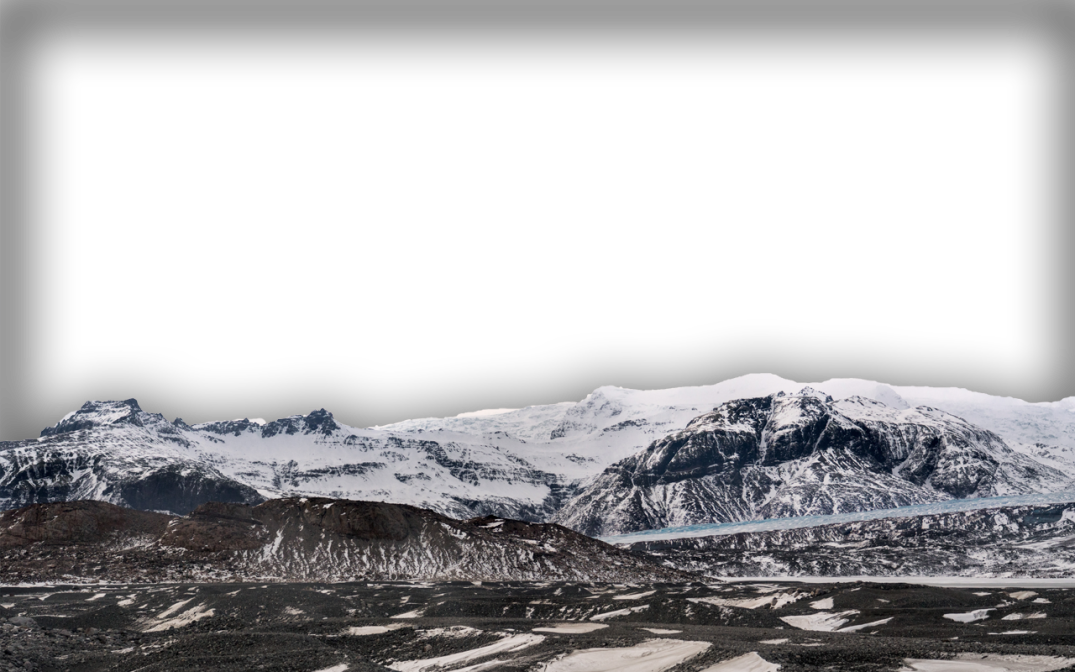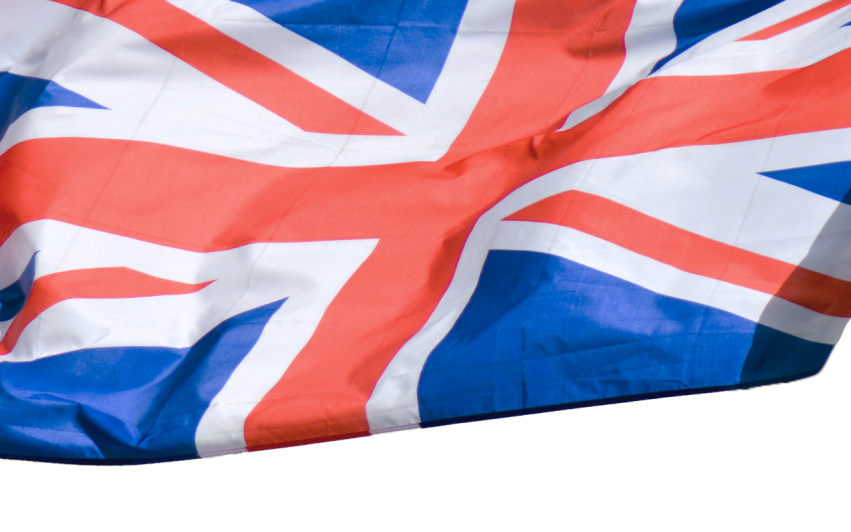Advertisement
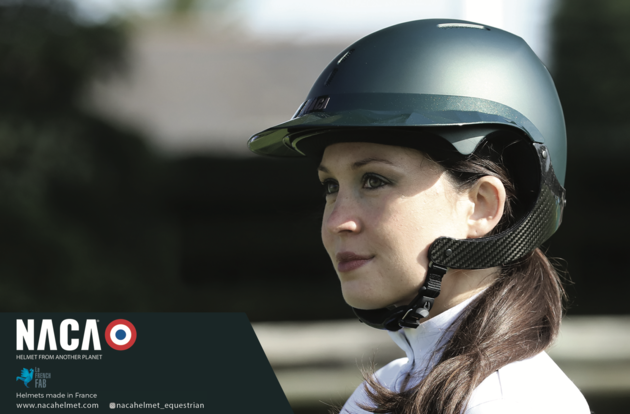
Photo: Unsplash
Photo: Unsplash
Photo: Unsplash
Photo: Unsplash
Photo: Unsplash
Photo: Private
Photo: Private
Photos: Unsplash and Pexel
Then to find yourself somewhere where you can work and learn at the same time. Where you get opportunities to train and learn from all kinds of horses. Experience is the key. Therefore, always aim to get more experience and don’t forget that no matter how you feel about something, you can always learn something.”
Aidan added, ”My advice to anyone who wishes to pursue this career is to just stick in and don’t make any rash decisions. Stand up for yourself as it can be quite brutal at times and remember to have fun.”
Sandy will encourage every rider to explore this special breed, and if possible, try it out. “If you as an equestrian are curious about the Icelandic horse then don’t hesitate to find somewhere or someone where you can try them out. Or even travel to their natural habitat in Iceland and experience a true gæðingur there!”
Before and during that time, Sandy had an idea that he wanted to attend Hólar University to study to be a recognised riding instructor and horse trainer. It was a deciding factor for Sandy to move to Iceland to work as a trainer and stable-hand there, and to learn Icelandic, so that he could attend the school. “Looking back, it was clear to me for many years that working as a horse professional was the only thing that I really wanted for myself.”
Now, Sandy runs a training centre and Icelandic horse business, UC Hestar, with his partner, Martta, in Finland. There they take Icelandic horses in training and offer riding instruction, primarily with Icelandic horses
Advice to future horse trainers
Many young riders have a dream to become a horse trainer and make it a living, but the process of gathering enough experience is an ongoing process to keep developing yourself. Sandy says, “I believe there are two main things that are the key in developing to become a horse trainer. First, you have to believe in your ability as a horse trainer and to be ambitious. It is okay to make mistakes, recognise them, and improve. .
Influenced by Icelandic horses
For Sandy and Aidan, the Icelandic horses have been a big part of their lives, both personally and professionally. The community of Icelandic horses gives, for many people, friendships for life and in that way the breed makes a huge influence for people around it. Aidan says, “Icelandic horses have allowed me to fulfil my dreams, but more importantly, it has given me the opportunity to meet amazing people in the UK and all around the world.”
Aidan decided in 2017 to pursue his dream to train horses when he for a few months went to Europe, before he had to start his studies in business at the University in Scotland. The purpose of the trip to Europe was to gather more experience in training Icelandic horses, but instead of going back to Scotland to study, he ended up staying in Europe.
Aidan now works part time on a farm doing general work, and he works with the horses, as he dreamed of.
Sandy says, “Now that I think about it, the Icelandic horse has been an enormous factor in my life decisions so far! Straight out of school, I took the decision to start working with Icelandic horses as a stable-hand/trainer in the UK, Sweden, The Netherlands, and then Iceland.”
Choice of competition disciplines
You can compete in several gait disciplines which are only for Icelandic horses. What disciplines you compete in very much depends on the horse's educational level, talent, abilities and of course the rider's abilities. Some horses are 4-gaited with no pace, some 5-gaited with the ability to tölt and pace, and some have a strong talent for pace disciplines.
Sandy has mostly competed in 4-gait and B-flokkur due to the types of horses that he had and has at the moment to compete on. On the other hand, Sandy’s biggest interest is 5-gait, A-flokkur, Tölt T1, and pace test because that is what he enjoys the most. “I just haven’t found a long-term 5-gaited horse for that yet,” Sandy says. “I, personally, am a big fan of gæðingakeppni, which is the traditional form of competition from Iceland. It’s difficult to explain why. I think it's the freedom of different styles of horses with various ways of moving that are rewarded in the judging system, which I like.”
The last few years Sandy has not really competed at large competitions, but it is starting to feel like it's time to start again and get out there.
Aidan primarily competes in pace disciplines, where you race against the clock. “I got into it because I really liked the idea of that kind of training and the adrenaline you get from it.”
In the UK, a smaller number of competitions only for Icelandic horses were held each year, maybe around 10, but it can be as little as one or two a year. The British Championships are not even always World Ranking status due to small numbers and lack of funding. Therefore, the opportunity to qualify and prepare you and your horse for big competitions can be challenging.
Besides the dressage lessons, Sandy took every opportunity he could to take part in courses with Icelandic horse specialist instructors to develop a bigger understanding of the Icelandic horse and their gaits.
When Aidan got older, he also, like his brother, grew an interest in improving himself as a rider, and like his big brother, he started attending regular lessons by Jane Rutherford who was a driving factor for his riding improvement. “I also improved my riding skills by riding a lot of different horses at home which I think helped build up the feeling for the horse that is very hard to teach, in my opinion,” Aidan explains.
The World Championships
Both of the brothers have represented their country at the World Championships several times. Sandy represented Great Britain at the World Championship on three occasions as a young rider where the first time was in 2013. “It has been a great honor to represent my country at three World Championships,” Sandy says.
For Sandy it was a bit of a shock for him to come from a relatively isolated Icelandic horse community to then be thrown onto the world stage when he first attended the World Championship. “After my first World Championship, I decided to put even more energy into improving both myself and my horse(s) at the time,” Sandy says.
In 2014, Sandy wanted to improve himself even more as a rider and therefore, he made the choice to work full time with Icelandic horses. The next two tournaments, Sandy managed to showcase the talents of his horses well, but he was still limited by the lack of experience on such large events and some small, but costly mistakes meant that the results were not always ideal.
Aidan competed at the World Championship in Oirschot in the Netherlands 2017, where he came fifth in PP1 and for the first time, rode P2 under 8 seconds. He competed in P1 and P2 at the World Championship 2019, where he won a silver medal in both disciplines. “It was a great experience, but I was obviously disappointed to only get the silver medal. But it was still a respectable achievement. I hope to compete at the World Championships in 2023,” Aidan says hopefully.
Aidan is an active competition rider, but his partner Filippa is riding Aidan’s competition horse, Odinn, this season until the autumn. Therefore, Aidan is not competing at the moment because he doesn't have another horse as of now.
Due to the pandemic in 2020, there hasn’t been a national team of Great Britain, so Aidan is unsure of how the Icelandic Horse Society of Great Britain is gonna choose the team for the World Championship in 2023.
To reach such a high level internationally requires dedication where you set clear goals and work hard to achieve them. “Every competition rider has the goal of becoming World Champion as that is the pinnacle of our sport and that is what I ultimately set out to become. You have to be quite brutal and selfish when you set out to achieve your goals, as well. As it is a relatively small sport, you have friends and colleagues that you compete against. However, if you want to be a winner then you have to leave all of that outside of the track and focus only on yourself and your horse. You have to look your opponent in the eyes, shake their hand, pat their back, and wish them luck, as all great sportsmen do, but deep down you are thinking how you will bury them,” Aidan explains with a committed voice.
In spite of the minority of the Icelandic horses in the UK, Sandy and Aidan chose to go in that direction and kept the motivation. How was that possible? “I think my answer is the same as anyone who is an Icelandic horse enthusiast. Once you start, you just can’t stop. There is just something with the character of these horses combined with their fantastic gaits and way of moving that makes it so addictive.” Sandy explains.
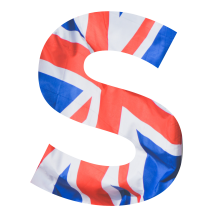
andy and Aidan’s parents started a business back in 1994 in the Scottish highlands where they, at the time, offered horse-trekking. Therefore, the Icelandic horse has been a part of the two brothers' lives since the day


- The three pace test disciplines, PP1, P1, and P2 are World Ranking and are ridden in a straight pace track.
- P2 is also known as speed pace where the horse should run 100 meters in pace as fast as possible.
- P1 is a 250 meters pace test where the times start counting when the start boxes open. Two horses can race at the same time at the track
. - PP1 is a pace test where the quality of the pace, the transitions in the gaits and the speed of the pace is judged. After the 100 meter in pace, the horse must be in walk/tölt/trot before 50 meters.
- Gæðingakeppni is a gait competition where the horse is the one to be judged and not the whole equipage. There are four classes; A-flokkur/5-gait, B-flokkur/4-gait, Teenage class, and Children class. The horse is the one who qualifies and not the whole equipage, which means the rider can be switched during finals or other big championships.
- T1 is one of the highest sport disciplines in tölt which is ridden on an oval track. It is divided into three parts; slow tölt, speed change, and fast tölt.
- 5.1 is the highest sport discipline in 5-gait where tölt, pace, walk, trot, and canter is shown on an oval track.
- 4.1 is the highest sport discipline in 4-gait where slow tölt, trot, walk, canter, and fast tölt is shown on an oval track.
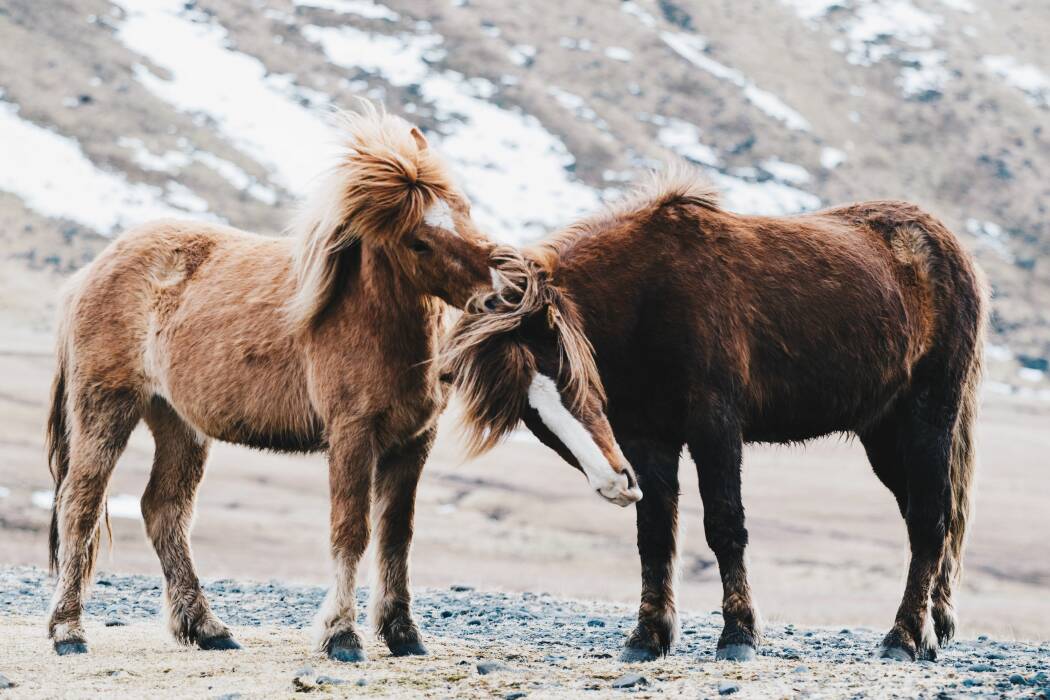


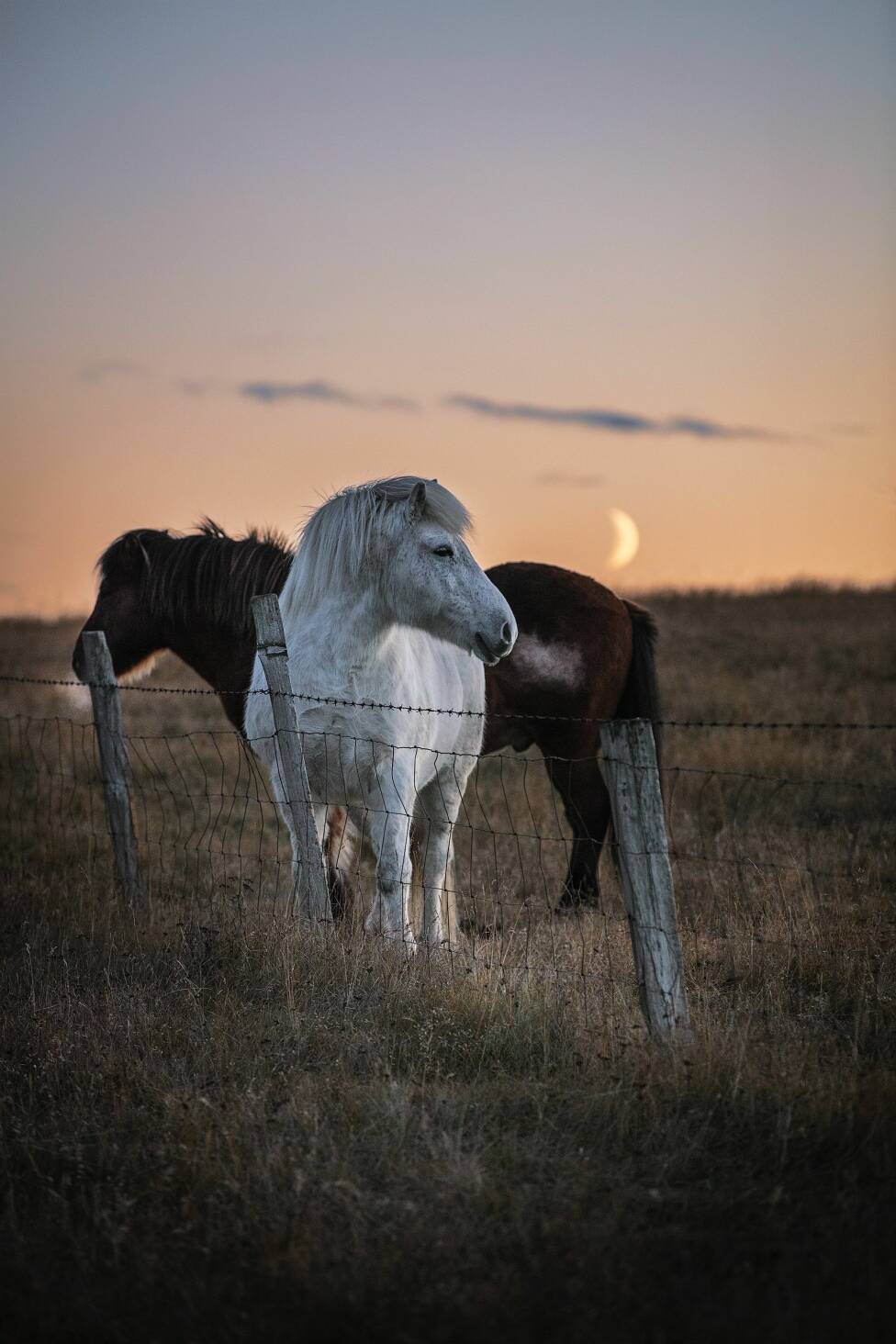

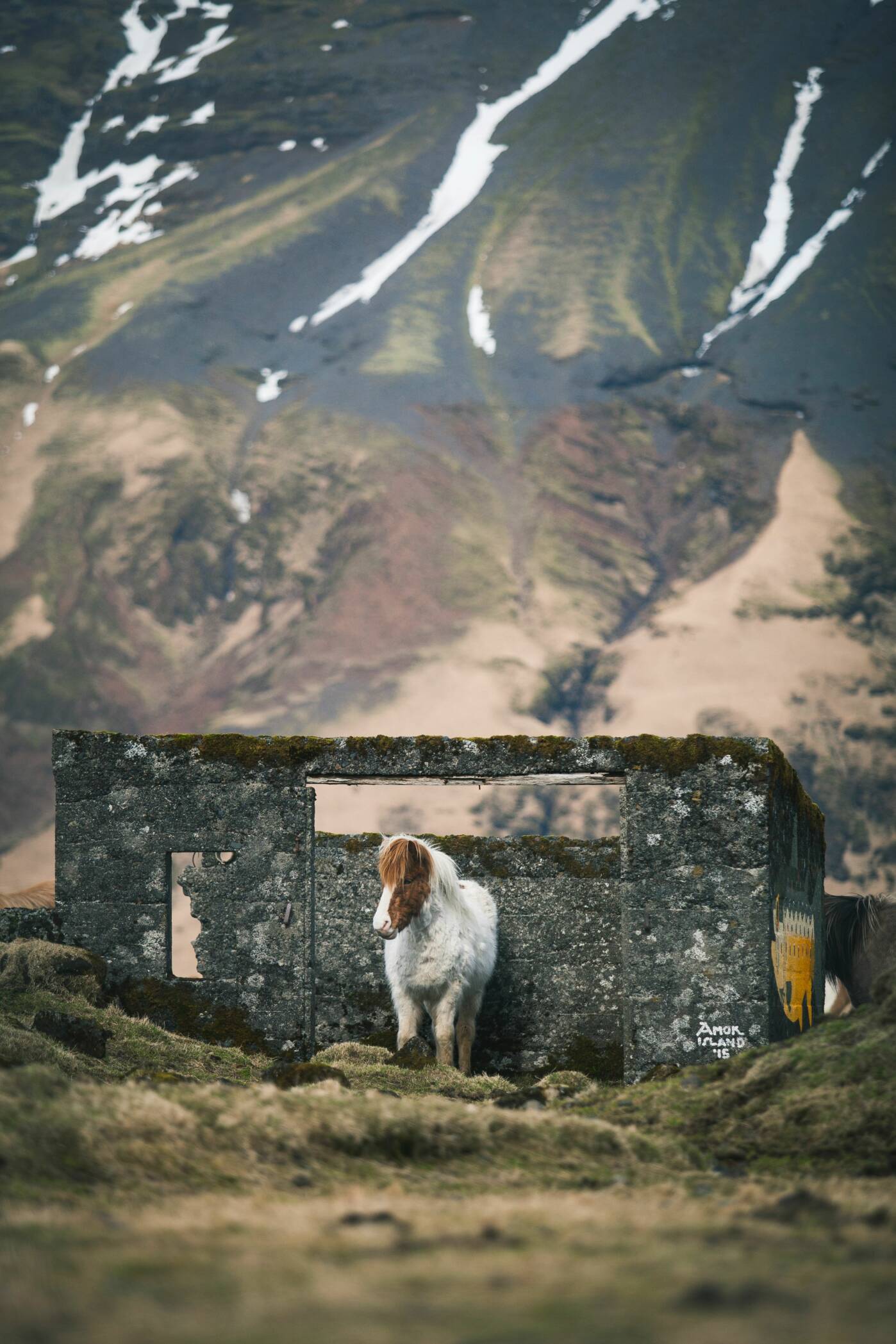
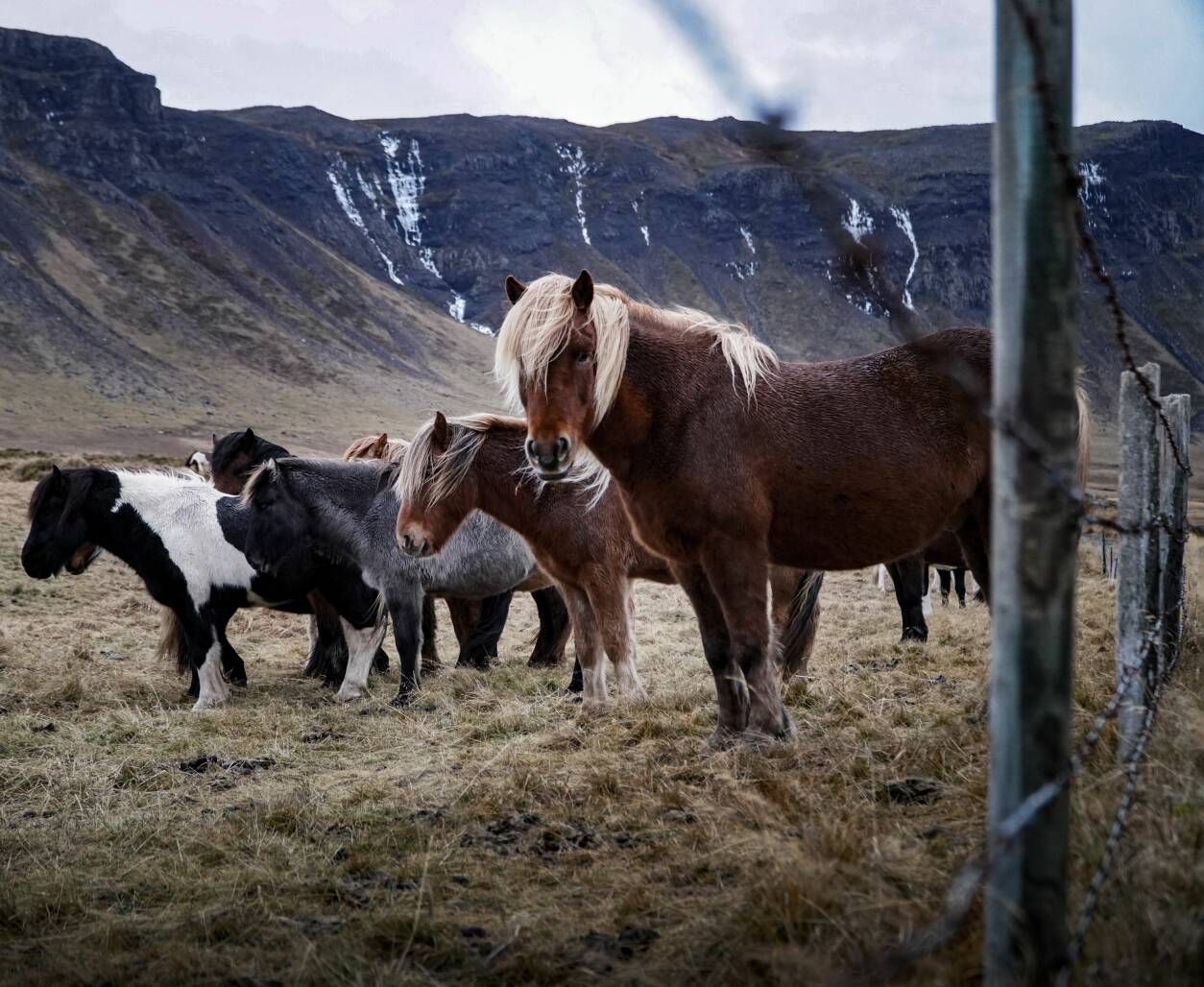
- 26 years old
- Graduate of Hólar University in riding instruction & horse training, B.Sc. - 2020
- Been around Icelandic horses since the day he was born
- Grew up within their parents' small training and breeding centre in the UK
- British national team member from 2012 - 2018 (young rider & senior)
- 23 years old
- Been around Icelandic horses since the day he was born
- Grew up within their parents' small training and breeding centre in the UK
- British national team member
2017 - 2019 - Winner of 2 silver medals at the World Championship 2019
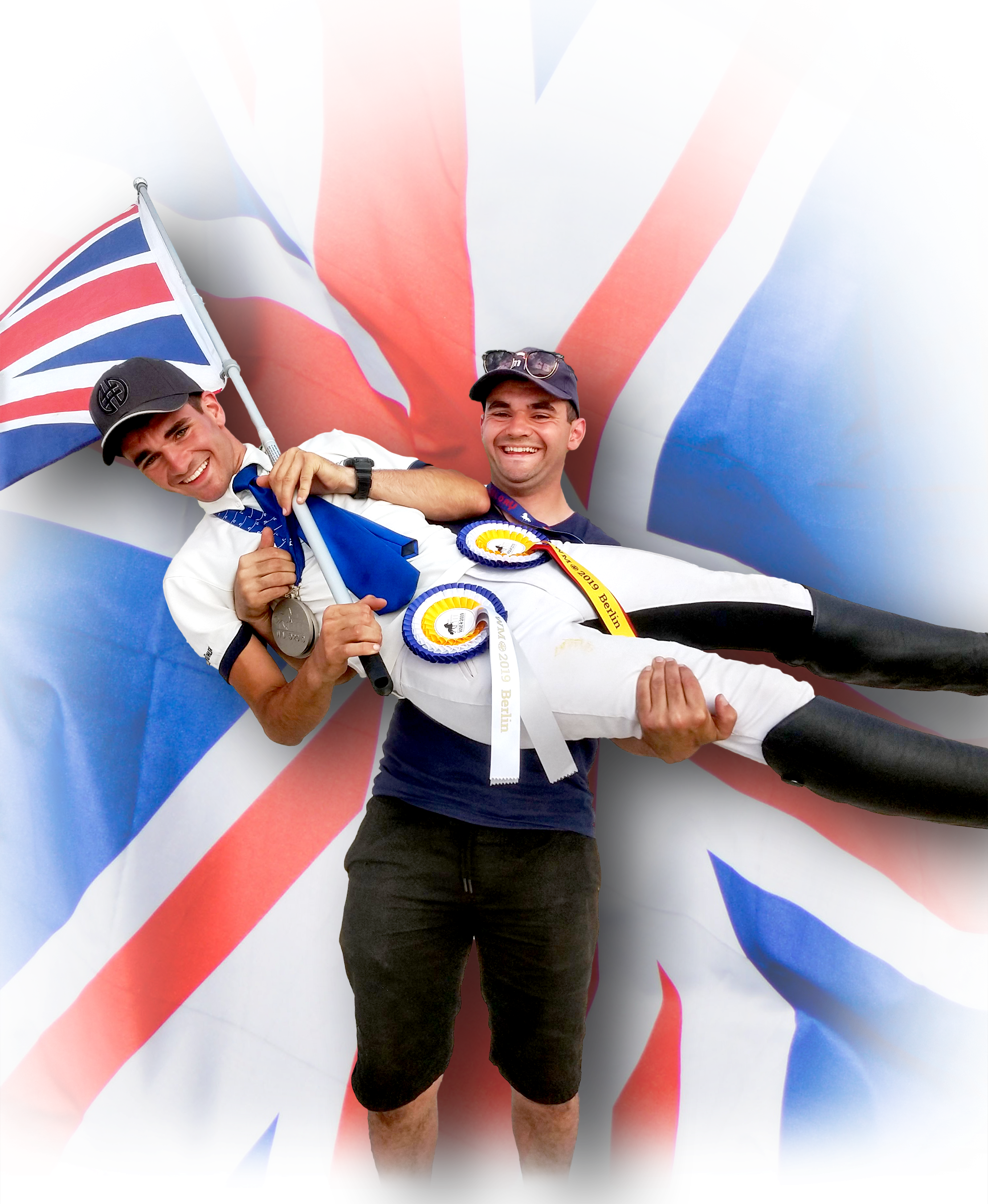
Sandy speculates over the cause,“There is no simple and easy answer to that.
The UK has a long and rich history of equine culture with domesticated horses present for at least the last 4000 years - some 2500 years before Iceland was even settled.”
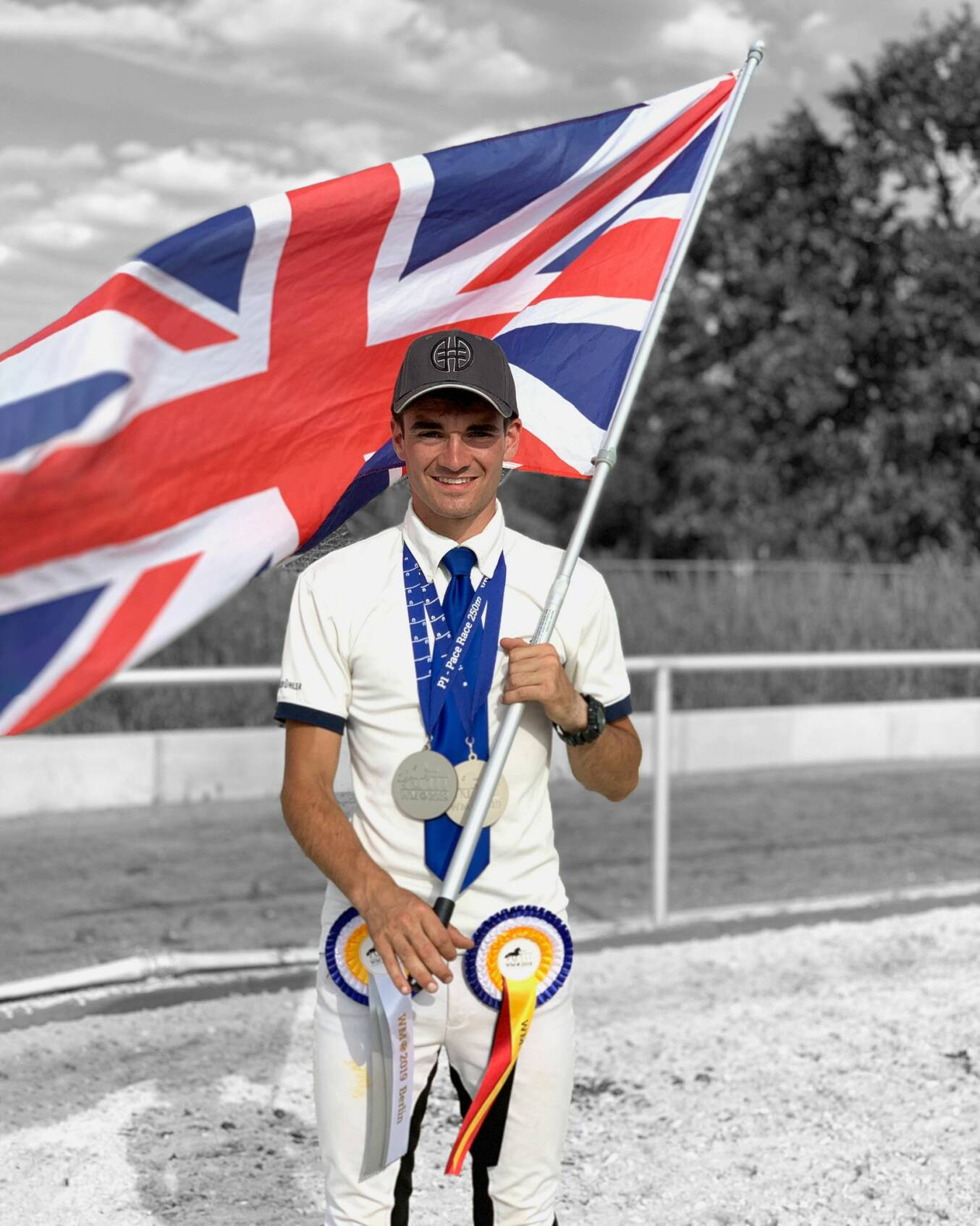
Icelandic horses are not as widespread in the UK due to traditions of horse breeds that have already existed there for thousands of years, and the fact that there are so many native breeds in the UK. So, there has never been a huge market for importing them either. Cultural disciplines, such as horse racing, eventing, show-jumping, cross-country, dressage, endurance riding, and more, have a strong history in the UK. This could also mean that there is not really a ‘hole’ in the market of things to do with your horse.
Add to this, there are many native horse breeds to the UK that are similar in size to the Icelandic horse; there isn’t as much of a need for a smaller horse as there is in countries with a more traditional culture of bigger warmblood horses.
“A lot of Icelandic horses were imported to the UK from 1851-1939. Mostly to work in the mines as ‘pit ponies’ and as work horses. Around 148,000 Icelandic horses were exported to Britain in this period,” Sandy added, “I’m not sure any of the ones that survived were ever kept record of or kept purebred, though.”
“The UK was the first country where Iceland tried introducing the Icelandic horse as a leisure horse in the 1950s, and they saw an initial growth which has, however, stayed and hovered at 1000 registered horses for many years. Another factor to the minority of Icelandic horses can be the fact that many in Britain view Icelandic horses as small ponies,” Aidan says.
they were born. From there, a larger interest in the training and breeding of horses developed in the Carson family over the years. The two oldest brothers have, through the years, developed an interest in the sport and gathered experience with training horses.
“I have been around Icelandic horses and ridden my whole life, but I only started to get more interested in the competition side of things at a slightly older age,” Aidan says.
It made a difference for Sandy to have a younger brother who shares his passion for the breed and sport.
“It has been a great pleasure and inspiration for me that my younger brother, Aidan, has had a keen interest in Icelandic horses and especially in recent years riding in competitions. It was an unforgettable and proud moment for me when Aidan took home two silver medals from the World Championship 2019 in Berlin,” Sandy says with a proud smile.
Reasons for the minority of Icelandic horses
Icelandic horses are widespread in most of Europe, but it is not the case in the UK. The breed has not yet found the way into the hearts of the British people. Why is that?
By Josefine Elsing
follow their passion for icelandic horses
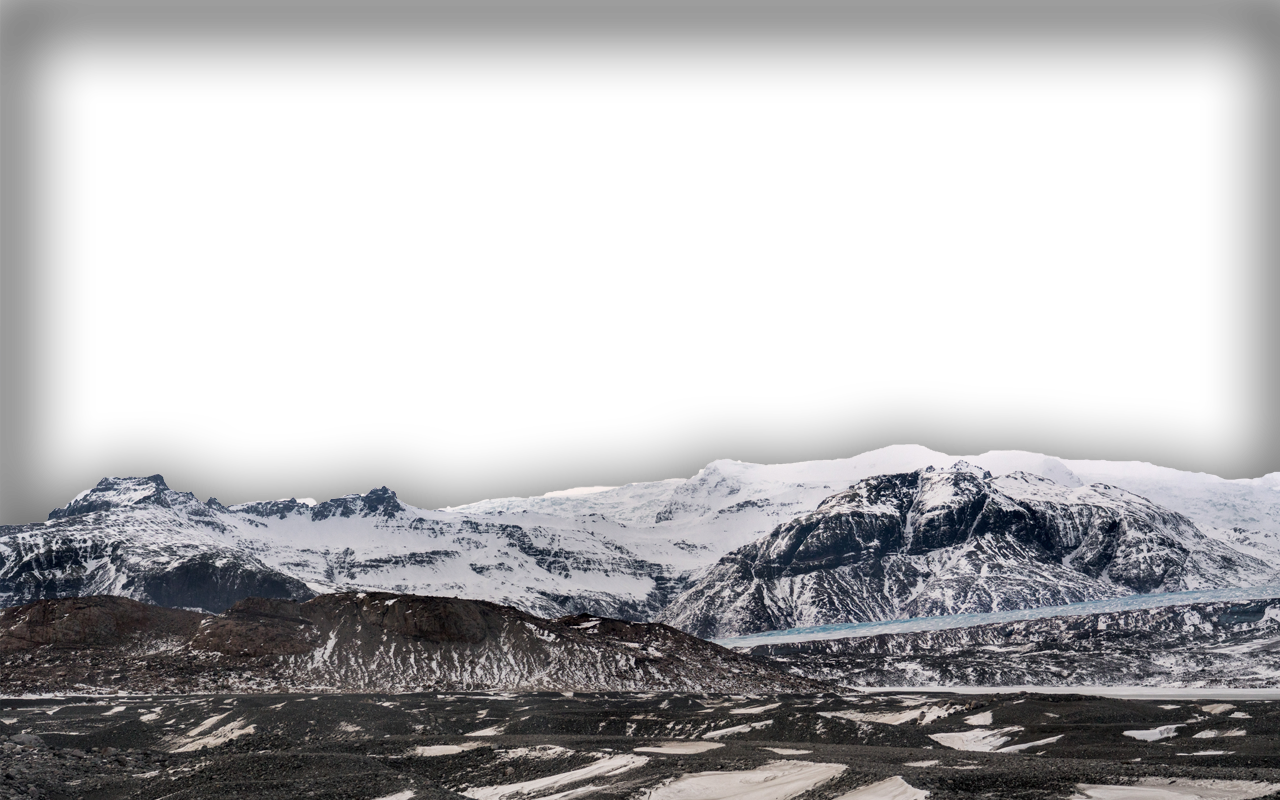

Advertisement

Photo: Unsplash
Photo: Unsplash
Photo: Unsplash
Photo: Unsplash
Photo: Unsplash
Photo: Unsplash
Photo: Private
Photo: Private
Photos: Unsplash and Pexel
Then to find yourself somewhere where you can work and learn at the same time. Where you get opportunities to train and learn from all kinds of horses. Experience is the key. Therefore, always aim to get more experience and don’t forget that no matter how you feel about something, you can always learn something.”
Aidan added, ”My advice to anyone who wishes to pursue this career is to just stick in and don’t make any rash decisions. Stand up for yourself as it can be quite brutal at times and remember to have fun.”
Sandy will encourage every rider to explore this special breed, and if possible, try it out. “If you as an equestrian are curious about the Icelandic horse then don’t hesitate to find somewhere or someone where you can try them out. Or even travel to their natural habitat in Iceland and experience a true gæðingur there!”
Before and during that time, Sandy had an idea that he wanted to attend Hólar University to study to be a recognised riding instructor and horse trainer. It was a deciding factor for Sandy to move to Iceland to work as a trainer and stable-hand there, and to learn Icelandic, so that he could attend the school. “Looking back, it was clear to me for many years that working as a horse professional was the only thing that I really wanted for myself.”
Now, Sandy runs a training centre and Icelandic horse business, UC Hestar, with his partner, Martta, in Finland. There they take Icelandic horses in training and offer riding instruction, primarily with Icelandic horses
Advice to future horse trainers
Many young riders have a dream to become a horse trainer and make it a living, but the process of gathering enough experience is an ongoing process to keep developing yourself. Sandy says, “I believe there are two main things that are the key in developing to become a horse trainer. First, you have to believe in your ability as a horse trainer and to be ambitious. It is okay to make mistakes, recognise them, and improve. .
Influenced by Icelandic horses
For Sandy and Aidan, the Icelandic horses have been a big part of their lives, both personally and professionally. The community of Icelandic horses gives, for many people, friendships for life and in that way the breed makes a huge influence for people around it. Aidan says, “Icelandic horses have allowed me to fulfil my dreams, but more importantly, it has given me the opportunity to meet amazing people in the UK and all around the world.”
Aidan decided in 2017 to pursue his dream to train horses when he for a few months went to Europe, before he had to start his studies in business at the University in Scotland. The purpose of the trip to Europe was to gather more experience in training Icelandic horses, but instead of going back to Scotland to study, he ended up staying in Europe.
Aidan now works part time on a farm doing general work, and he works with the horses, as he dreamed of.
Sandy says, “Now that I think about it, the Icelandic horse has been an enormous factor in my life decisions so far! Straight out of school, I took the decision to start working with Icelandic horses as a stable-hand/trainer in the UK, Sweden, The Netherlands, and then Iceland.”
Choice of competition disciplines
You can compete in several gait disciplines which are only for Icelandic horses. What disciplines you compete in very much depends on the horse's educational level, talent, abilities and of course the rider's abilities. Some horses are 4-gaited with no pace, some 5-gaited with the ability to tölt and pace, and some have a strong talent for pace disciplines.
Sandy has mostly competed in 4-gait and B-flokkur due to the types of horses that he had and has at the moment to compete on. On the other hand, Sandy’s biggest interest is 5-gait, A-flokkur, Tölt T1, and pace test because that is what he enjoys the most. “I just haven’t found a long-term 5-gaited horse for that yet,” Sandy says. “I, personally, am a big fan of gæðingakeppni, which is the traditional form of competition from Iceland. It’s difficult to explain why. I think it's the freedom of different styles of horses with various ways of moving that are rewarded in the judging system, which I like.”
The last few years Sandy has not really competed at large competitions, but it is starting to feel like it's time to start again and get out there.
Aidan primarily competes in pace disciplines, where you race against the clock. “I got into it because I really liked the idea of that kind of training and the adrenaline you get from it.”
In the UK, a smaller number of competitions only for Icelandic horses were held each year, maybe around 10, but it can be as little as one or two a year. The British Championships are not even always World Ranking status due to small numbers and lack of funding. Therefore, the opportunity to qualify and prepare you and your horse for big competitions can be challenging.
Besides the dressage lessons, Sandy took every opportunity he could to take part in courses with Icelandic horse specialist instructors to develop a bigger understanding of the Icelandic horse and their gaits.
When Aidan got older, he also, like his brother, grew an interest in improving himself as a rider, and like his big brother, he started attending regular lessons by Jane Rutherford who was a driving factor for his riding improvement. “I also improved my riding skills by riding a lot of different horses at home which I think helped build up the feeling for the horse that is very hard to teach, in my opinion,” Aidan explains.
The World Championships
Both of the brothers have represented their country at the World Championships several times. Sandy represented Great Britain at the World Championship on three occasions as a young rider where the first time was in 2013. “It has been a great honor to represent my country at three World Championships,” Sandy says.
For Sandy it was a bit of a shock for him to come from a relatively isolated Icelandic horse community to then be thrown onto the world stage when he first attended the World Championship. “After my first World Championship, I decided to put even more energy into improving both myself and my horse(s) at the time,” Sandy says.
In 2014, Sandy wanted to improve himself even more as a rider and therefore, he made the choice to work full time with Icelandic horses. The next two tournaments, Sandy managed to showcase the talents of his horses well, but he was still limited by the lack of experience on such large events and some small, but costly mistakes meant that the results were not always ideal.
Aidan competed at the World Championship in Oirschot in the Netherlands 2017, where he came fifth in PP1 and for the first time, rode P2 under 8 seconds. He competed in P1 and P2 at the World Championship 2019, where he won a silver medal in both disciplines. “It was a great experience, but I was obviously disappointed to only get the silver medal. But it was still a respectable achievement. I hope to compete at the World Championships in 2023,” Aidan says hopefully.
Aidan is an active competition rider, but his partner Filippa is riding Aidan’s competition horse, Odinn, this season until the autumn. Therefore, Aidan is not competing at the moment because he doesn't have another horse as of now.
Due to the pandemic in 2020, there hasn’t been a national team of Great Britain, so Aidan is unsure of how the Icelandic Horse Society of Great Britain is gonna choose the team for the World Championship in 2023.
To reach such a high level internationally requires dedication where you set clear goals and work hard to achieve them. “Every competition rider has the goal of becoming World Champion as that is the pinnacle of our sport and that is what I ultimately set out to become. You have to be quite brutal and selfish when you set out to achieve your goals, as well. As it is a relatively small sport, you have friends and colleagues that you compete against. However, if you want to be a winner then you have to leave all of that outside of the track and focus only on yourself and your horse. You have to look your opponent in the eyes, shake their hand, pat their back, and wish them luck, as all great sportsmen do, but deep down you are thinking how you will bury them,” Aidan explains with a committed voice.
In spite of the minority of the Icelandic horses in the UK, Sandy and Aidan chose to go in that direction and kept the motivation. How was that possible? “I think my answer is the same as anyone who is an Icelandic horse enthusiast. Once you start, you just can’t stop. There is just something with the character of these horses combined with their fantastic gaits and way of moving that makes it so addictive.” Sandy explains.
Icelandic horses are not as widespread in the UK due to traditions of horse breeds that have already existed there for thousands of years, and the fact that there are so many native breeds in the UK. So, there has never been a huge market for importing them either. Cultural disciplines, such as horse racing, eventing, show-jumping, cross-country, dressage, endurance riding, and more, have a strong history in the UK. This could also mean that there is not really a ‘hole’ in the market of things to do with your horse.
Add to this, there are many native horse breeds to the UK that are similar in size to the Icelandic horse; there isn’t as much of a need for a smaller horse as there is in countries with a more traditional culture of bigger warmblood horses.
“A lot of Icelandic horses were imported to the UK from 1851-1939. Mostly to work in the mines as ‘pit ponies’ and as work horses. Around 148,000 Icelandic horses were exported to Britain in this period,” Sandy added, “I’m not sure any of the ones that survived were ever kept record of or kept purebred, though.”
“The UK was the first country where Iceland tried introducing the Icelandic horse as a leisure horse in the 1950s, and they saw an initial growth which has, however, stayed and hovered at 1000 registered horses for many years. Another factor to the minority of Icelandic horses can be the fact that many in Britain view Icelandic horses as small ponies,” Aidan says.
Sandy speculates over the cause,“There is no simple and easy answer to that.
The UK has a long and rich history of equine culture with domesticated horses present for at least the last 4000 years - some 2500 years before Iceland was even settled.”
they were born. From there, a larger interest in the training and breeding of horses developed in the Carson family over the years. The two oldest brothers have, through the years, developed an interest in the sport and gathered experience with training horses.
“I have been around Icelandic horses and ridden my whole life, but I only started to get more interested in the competition side of things at a slightly older age,” Aidan says.
It made a difference for Sandy to have a younger brother who shares his passion for the breed and sport.
“It has been a great pleasure and inspiration for me that my younger brother, Aidan, has had a keen interest in Icelandic horses and especially in recent years riding in competitions. It was an unforgettable and proud moment for me when Aidan took home two silver medals from the World Championship 2019 in Berlin,” Sandy says with a proud smile.
Reasons for the minority of Icelandic horses
Icelandic horses are widespread in most of Europe, but it is not the case in the UK. The breed has not yet found the way into the hearts of the British people. Why is that?
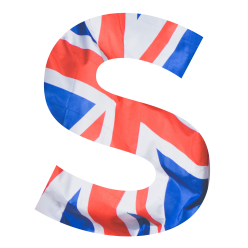
andy and Aidan’s parents started a business back in 1994 in the Scottish highlands where they, at the time, offered horse-trekking. Therefore, the Icelandic horse has been a part of the two brothers' lives since the day
- The three pace test disciplines, PP1, P1, and P2 are World Ranking and are ridden in a straight pace track.
- P2 is also known as speed pace where the horse should run 100 meters in pace as fast as possible.
- P1 is a 250 meters pace test where the times start counting when the start boxes open. Two horses can race at the same time at the track.
- PP1 is a pace test where the quality of the pace, the transitions in the gaits and the speed of the pace is judged. After the 100 meter in pace, the horse must be in walk/tölt/trot before 50 meters.
- Gæðingakeppni is a gait competition where the horse is the one to be judged and not the whole equipage. There are four classes; A-flokkur/5-gait, B-flokkur/4-gait, Teenage class, and Children class. The horse is the one who qualifies and not the whole equipage, which means the rider can be switched during finals or other big championships.
- T1 is one of the highest sport disciplines in tölt which is ridden on an oval track. It is divided into three parts; slow tölt, speed change, and fast tölt.
- 5.1 is the highest sport discipline in 5-gait where tölt, pace, walk, trot, and canter is shown on an oval track.
- 4.1 is the highest sport discipline in 4-gait where slow tölt, trot, walk, canter, and fast tölt is shown on an oval track.


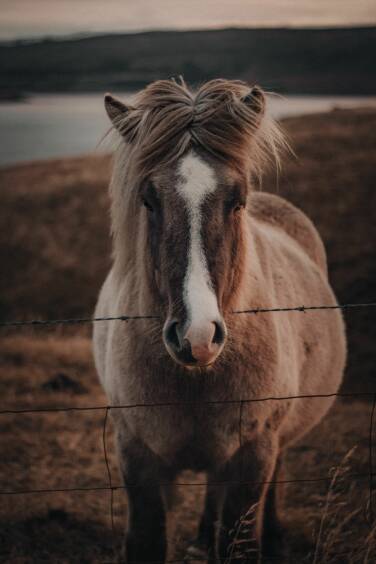

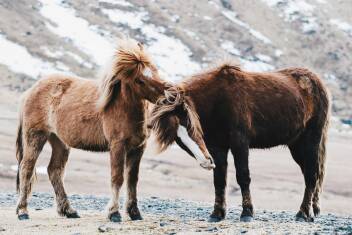
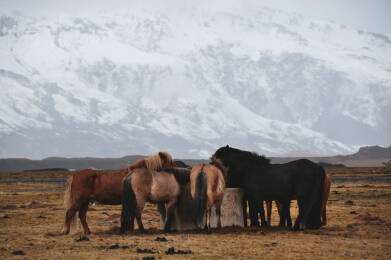

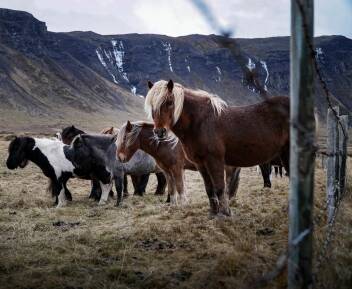
- 26 years old
- Graduate of Hólar University in riding instruction & horse training, B.Sc. - 2020
- Been around Icelandic horses since the day he was born
- Grew up within their parents' small training and breeding centre in the UK
- British national team member from 2012 - 2018 (young rider & senior)
- 23 years old
- Been around Icelandic horses since the day he was born
- Grew up within their parents' small training and breeding centre in the UK
- British national team member
2017 - 2019 - Winner of 2 silver medals at the World Championship 2019
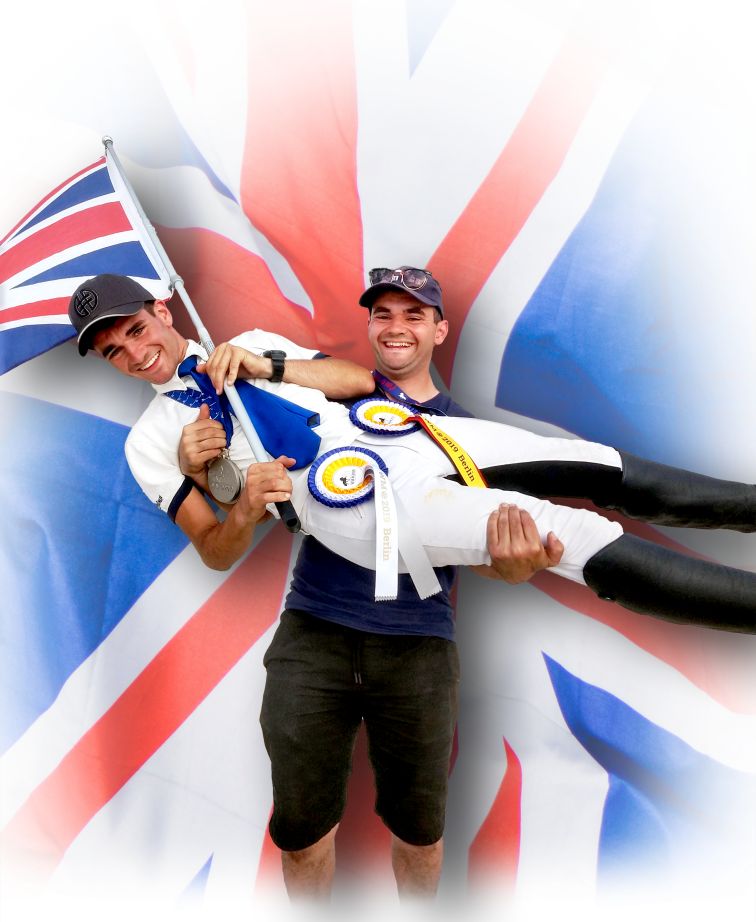



By Josefine Elsing
follow their passion for icelandic horses
